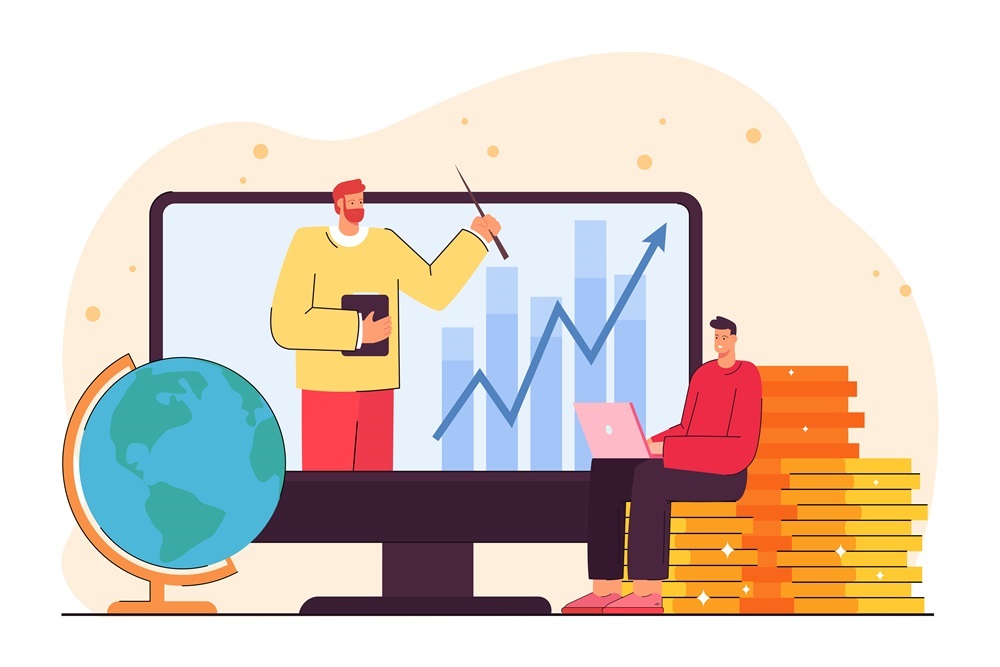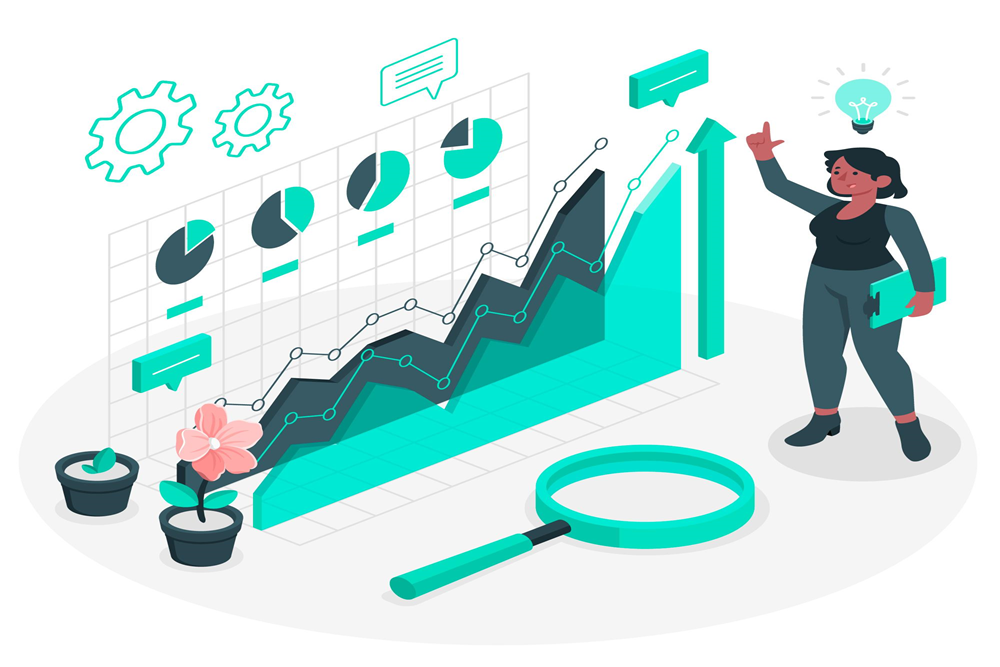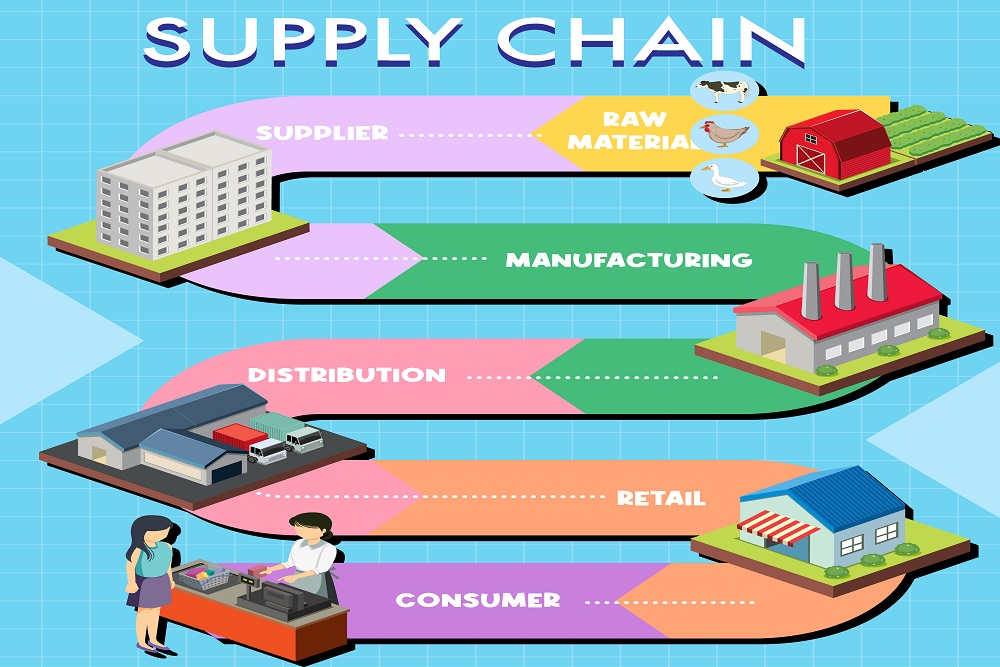What Factors Most Influence Demand in Economics?

Strong 8k brings an ultra-HD IPTV experience to your living room and your pocket.
Understanding factors affecting demand is vital to decoding how markets function. Why do people buy certain products while ignoring others? This seemingly simple question has complex answers rooted in the principles of economics. In this blog, we’ll explore the factors affecting demand in economics and how they shape consumer behavior in real-world markets.
What Is Demand in Economics?
Demand in economics refers to the quantity of a good or service that consumers are willing and able to purchase at a specific price over a particular time period. It’s not just about desire; the ability to pay plays an equally significant role. But what drives these purchasing decisions? The answer lies in a variety of interconnected factors.
Key Factors Influencing Demand
Price of the Product
Price remains the most prominent factor influencing demand. According to the law of demand, when prices rise, demand usually falls, and when prices drop, demand tends to increase. This relationship, however, isn’t universal; certain goods, like luxury items or essential commodities, may behave differently.
For example, if the price of bread increases slightly, people may continue buying it because it’s a necessity. On the other hand, a steep price hike in non-essential items, like designer bags, might cause consumers to delay or forgo purchases altogether.
Income of Consumers
Consumer income levels directly impact their purchasing power. An increase in income generally leads to higher demand for goods and services, as people have more disposable income to spend. Conversely, a drop in income often reduces demand, particularly for non-essential or luxury goods.
There’s also a distinction between normal and inferior goods. As income rises, demand for normal goods, like branded clothing, increases, while demand for inferior goods, such as generic brands, may decrease.
Prices of Related Goods
The demand for a product is also influenced by the prices of substitutes and complements.
-
Substitute Goods: If the price of a substitute product rises, consumers may shift their demand to the cheaper alternative. For instance, if coffee becomes more expensive, tea demand might increase.
- Complementary Goods: These are products that are used together. If the price of one rises, it might negatively impact the demand for the other. For example, a spike in printer prices could reduce demand for printing paper.
Consumer Preferences and Tastes
Changing consumer preferences significantly influences demand. Trends, cultural shifts, and advertising campaigns can create spikes or drops in demand for specific products.
For example, the growing preference for sustainable and eco-friendly products has increased demand for items like reusable water bottles and electric vehicles. Similarly, a celebrity endorsement can temporarily boost demand for a specific brand or product.
Expectations of Future Prices and Income
If consumers anticipate that prices will rise in the future, they may purchase more now, increasing current demand. Conversely, if they expect prices to drop, they might delay purchases.
For example, during sales or promotions, people tend to wait until discounts are announced rather than buying at full price. Similarly, if consumers expect their income to rise, they may feel more confident about spending in the present.
Demographic Factors
The composition of a population—age, gender, income distribution, and education levels—can influence demand patterns. For example, an aging population might lead to higher demand for healthcare services and products, while younger demographics might drive demand for technology and entertainment.
Seasonal and Climatic Changes
Demand often fluctuates with seasons and weather. Seasonal products like warm clothing or cooling appliances see spikes in demand during winter or summer, respectively. Similarly, agricultural products may experience variations in demand due to harvest seasons or climate conditions.
Government Policies and Taxes
Policies such as subsidies, taxation, and regulations can also impact demand. If the government subsidizes a product, its price decreases, leading to increased demand. On the other hand, high taxes on goods like cigarettes or alcohol are often intended to discourage consumption, reducing demand.
Population Growth and Urbanization
Population size and density directly affect demand. In urban areas with higher population density, the demand for housing, transportation, and daily essentials tends to be higher compared to rural regions. Population growth, particularly in developing countries, creates increased demand for goods and services across multiple sectors.
Technological Advancements
Innovation can create entirely new categories of demand or make existing products more appealing. For instance, advancements in smartphones have drastically increased demand for mobile applications and related accessories. Similarly, emerging technologies like artificial intelligence are driving demand for smart devices and automation tools.
Interplay of Factors in Real Markets
While each factor individually impacts demand, they often work together in complex ways. For example, a drop in product prices might increase demand, but if consumer income is simultaneously falling due to economic conditions, the overall demand might still decline. Similarly, technological advancements may boost demand for one product while rendering its substitute obsolete.
Consider the automobile market. If the government offers subsidies for electric vehicles and fuel prices rise simultaneously, demand for electric cars will likely surge. However, this demand could be further influenced by consumers’ income levels, preferences, and expectations about future fuel costs.
Why Understanding Demand Matters
Understanding the factors affecting demand in economics is crucial for businesses, policymakers, and consumers alike. For businesses, this knowledge helps in pricing strategies, product development, and marketing. Policymakers use demand analysis to forecast economic trends, allocate resources, and implement effective regulations. Consumers, on the other hand, can make informed purchasing decisions based on their understanding of market dynamics.
Adapting to Changing Demand Patterns
As markets evolve, so do the factors affecting demand. Businesses need to stay agile and adapt to shifts in consumer behavior, technological advancements, and regulatory changes. For instance, during the COVID-19 pandemic, demand for online services and personal protective equipment skyrocketed, pushing companies to pivot their strategies.
To thrive in a competitive market, businesses must continually analyze demand trends and tailor their offerings to meet consumer needs. Similarly, individuals and governments can benefit by staying informed about these influences, ensuring optimal decision-making.
Conclusion
Demand is the lifeblood of any economy, and understanding the factors affecting demand is essential to navigating the complexities of markets. From price and income to consumer preferences and technological changes, various forces interact to shape demand patterns. Recognizing these factors allows businesses to innovate, policymakers to plan, and consumers to make smarter choices. By staying attuned to the drivers of demand, we can better predict market trends and respond effectively to ever-changing economic conditions.
FAQs
-
What are the main factors affecting demand in economics?
The main factors include price, income, preferences, related goods' prices, demographics, government policies, and technological advancements. -
How does income influence demand?
Higher income generally increases demand for normal goods, while reducing demand for inferior goods. -
Why do prices of related goods affect demand?
Substitute goods and complementary goods directly impact consumer choices, either increasing or reducing demand depending on their prices. -
How do consumer expectations influence demand?
Anticipations of future price changes or income growth can lead to shifts in current demand levels. -
What role does government policy play in shaping demand?
Subsidies, taxes, and regulations can either encourage or discourage consumption, affecting demand patterns significantly.
Note: IndiBlogHub features both user-submitted and editorial content. We do not verify third-party contributions. Read our Disclaimer and Privacy Policyfor details.







